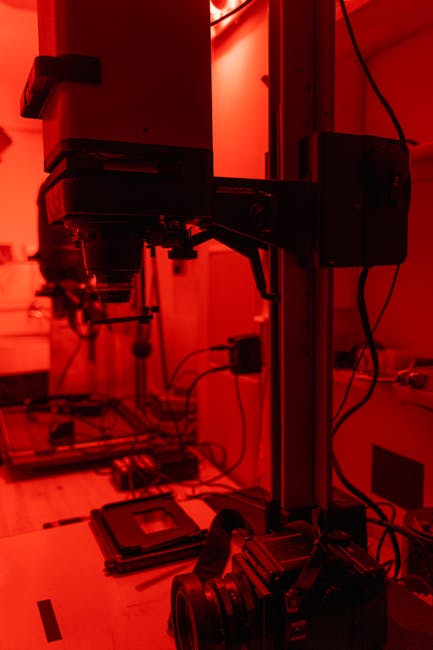 The Art of Shot Peening: Unlocking the Secrets of Surface Enhancement
The Art of Shot Peening: Unlocking the Secrets of Surface Enhancement
Shot peening is a surface enhancement technique that has been used for decades to improve the fatigue life and durability of various materials. The process involves bombarding the surface of a material with small, spherical particles at high velocity, creating a series of micro-peens that alter the surface topography. This seemingly simple process has far-reaching implications for industries that rely on the integrity of their components, from aerospace to automotive and beyond.
At its core, shot peening is a mechanical process that relies on the controlled impact of small particles to achieve its desired effects. The particles, typically made of a hard, wear-resistant material such as ceramic or glass, are accelerated to high speeds using compressed air or other means. As they strike the surface of the material, they create a series of micro-peens that can be tailored to specific depths and patterns.
The benefits of shot peening are numerous and well-documented. By creating a layer of compressive residual stress on the surface of a material, shot peening can significantly improve its resistance to fatigue, corrosion, and wear. This is particularly important in high-stress applications, where the failure of a critical component can have catastrophic consequences. In addition to its stress-relieving properties, shot peening can also improve the surface finish and texture of a material, reducing the risk of surface defects and improving its overall appearance.
Despite its many benefits, shot peening is not without its challenges. One of the primary concerns is ensuring that the process is properly controlled and optimized, as improper shot peening can actually reduce the fatigue life of a material rather than improving it. This requires a deep understanding of the underlying physics and mechanics of the process, as well as the ability to carefully calibrate and monitor the shot peening machine.
Shot peening machines are designed to meet the specific needs of a particular application, and can vary widely in terms of their size, complexity, and capabilities. Some machines are designed for high-volume production, with automated loading and unloading systems and advanced control systems to ensure precise control over the peening process. Others are designed for more specialized applications, such as the peening of complex geometries or the treatment of sensitive materials.
In addition to their size and complexity, shot peening machines can also vary in terms of their peening media. The most common type of peening media is steel shot, which is made from small, spherical pieces of steel. However, other materials such as ceramic, glass, and even plastic can also be used, depending on the specific requirements of the application.
The selection of the right peening media is critical, as it can have a significant impact on the final properties of the treated material. For example, ceramic shot is often used for applications where a high level of surface finish is required, as it is less likely to create scratches or other surface defects. Glass shot, on the other hand, is often used for applications where a high level of compressive residual stress is required, as it is more effective at creating deep, penetrating peens.
In addition to the selection of the right peening media, the proper operation and maintenance of the shot peening machine is also critical. This includes regular cleaning and inspection of the machine, as well as the replacement of worn or damaged components. It is also important to ensure that the machine is properly calibrated and adjusted, as improper operation can lead to inconsistent results and reduced productivity.
Despite the challenges and complexities of shot peening, the benefits of this process are undeniable. By improving the fatigue life and durability of critical components, shot peening can help to reduce the risk of failure and improve the overall reliability of complex systems. Whether used in aerospace, automotive, or other industries, shot peening is an essential tool for anyone looking to unlock the full potential of their materials.
In conclusion, shot peening is a powerful surface enhancement technique that has been used for decades to improve the fatigue life and durability of various materials. By creating a layer of compressive residual stress on the surface of a material, shot peening can significantly improve its resistance to fatigue, corrosion, and wear. While the process is not without its challenges, the benefits of shot peening are undeniable, and its use is essential in a wide range of industries. Whether used in aerospace, automotive, or other applications, shot peening is an essential tool for anyone looking to unlock the full potential of their materials.